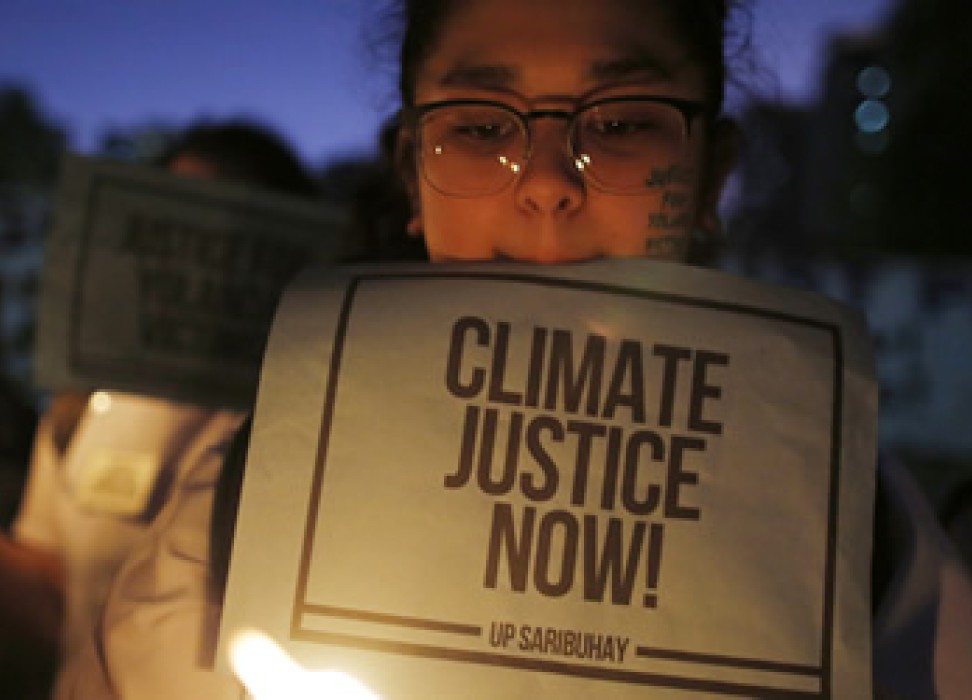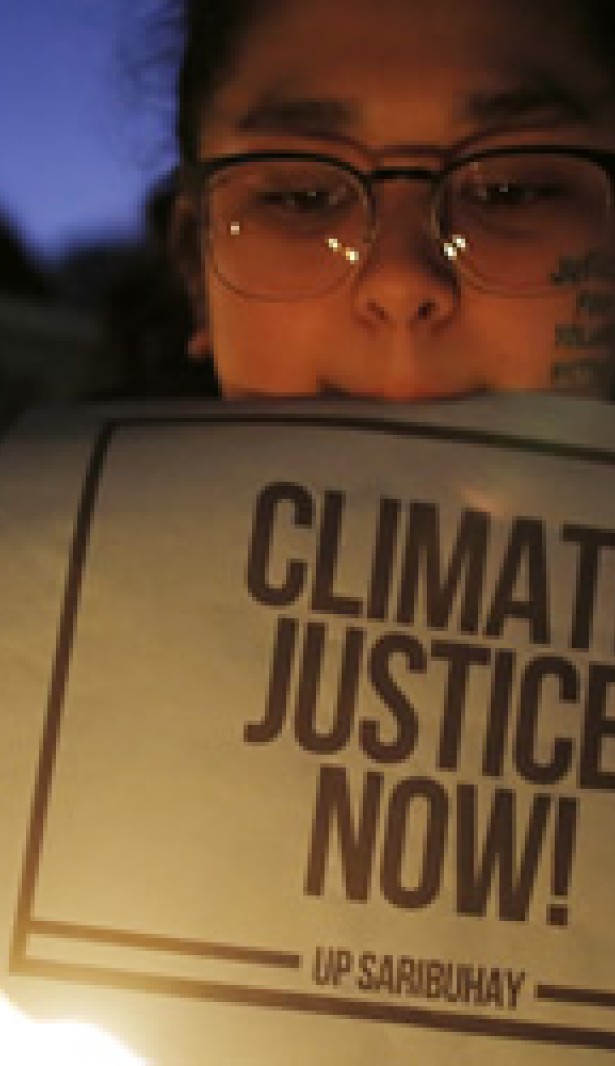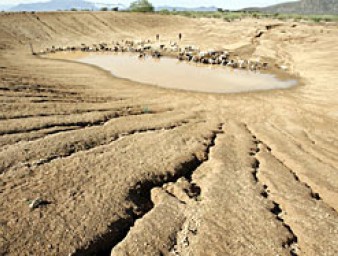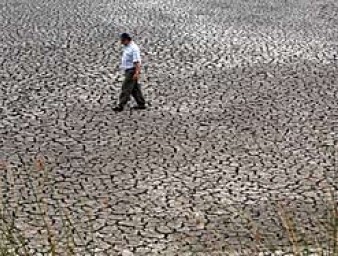Children at forefront of climate action urge focus on child rights
09 March 2017

She began her campaign to save the planet at the age of eight, planting her first tree, collecting cans to recycle, and urging other children to do the same.
Since then, teen environmentalist Kehkashan Basu has launched numerous other actions to fight climate change. When she was eleven, she attended the Rio+20 UN Earth Summit, and was disappointed to find she was only one of a handful of children at the global gathering. Upon her return to her home in Dubai, she founded the Green Hope Foundation, which has led clean-up operations and awareness-raising campaigns about climate change. The foundation is managed entirely by children and boasts more than 1,000 members and volunteers in ten countries.
“I set up this foundation to provide young people a platform to come together and take action to mitigate climate change and define our own destiny,” Ms. Basu explains. “Because it’s our future that we are talking about. So we children have a leadership role to play. It’s up to us to mold the future the way we want it.”
Speaking during a panel discussion on climate change at the 34th Session of the UN Human Rights Council, Ms. Basu urged delegates to help ensure a future for her and coming generations.
“We are the citizens of tomorrow. But we will not live to see tomorrow if our today is not taken care of,” she said.
The need to act is urgent, Ms. Basu tried to impress upon the adults in the room. “Time is not on our side,” she said. “Polar ice caps are melting, sea levels are rising, typhoons and hurricanes are wreaking havoc, forest fires are choking our skies, and our fossil-fuel driven economies are turning our cities into veritable gas chambers.”
Noting the detrimental effects of climate change on children, other panelists stressed the importance of child-centered climate mitigation and adaptation actions.
“No group is more vulnerable to environmental harm than children, so States have a heightened obligation toward children in this respect,” said Kirsten Sandberg, a member of the UN Committee on the Rights of the Child. “A child-rights approach to climate change is overdue.”
Climate change contributes to the increasing frequency and intensity of weather-related disasters, and the threats to children’s health and survival posed by extreme weather underscore the need for a child-based approach to climate action. According to the United Nations Children’s Emergency Fund, an estimated 500 million children around the world live in flood-prone areas, 160 million are exposed to drought, and 160 million are at risk of tropical cyclones. The effects of climate change on food security and vector-borne diseases like malaria and dengue also pose especially high risks for children, who are more vulnerable than adults given their less developed immune systems.
“We must have a human rights-based approach to climate action to ensure an effective response,” said Peggy Hicks, a senior director at the UN Human Rights Office. “This requires that we empower children as agents of change, that we ensure them an adequate education to cope with the climate challenges of the future, and that we hear and integrate their voices to inform and inspire more effective decision-making.”
9 March 2017



